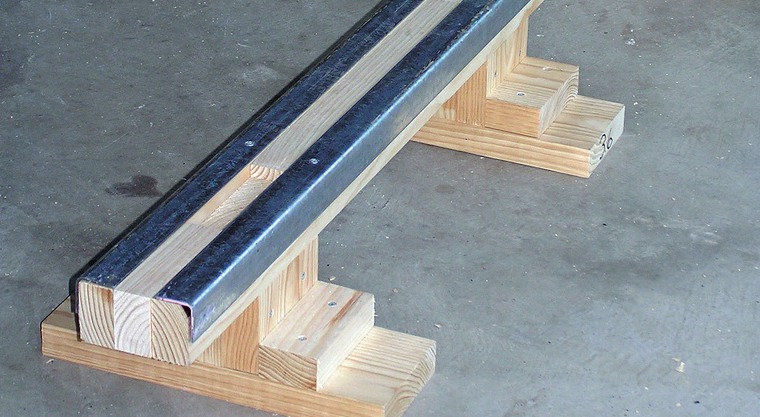Build to grind
Build a small hand-crank model grinder from cardboard, dowels, and gears to crush dried beans safely and learn how simple machines work.



Step-by-step guide to Build to grind (hand-crank model grinder)
DIY Mini Grinder Using 3V Motor | How to Make a Powerful Tool at Home
Step 1
Lay out all materials on a clear table so everything is easy to reach.
Step 2
Cut a 25 cm by 10 cm rectangle from cardboard to make the base.
Step 3
Cut two cardboard support blocks about 6 cm by 4 cm each.
Step 4
Cut a 1 cm wide slot near the top center of each support block to hold a dowel.
Step 5
Glue the two support blocks upright onto the base about 6 cm apart and let the glue dry.
Step 6
Cut a 6 cm diameter circle from cardboard to make the grinding disc.
Step 7
Cut shallow straight grooves across one face of the grinding disc to give it a rough crushing surface.
Step 8
Cut a 3 cm diameter circle from scrap cardboard and notch small teeth around its edge to make a small driver gear.
Step 9
Slide the large grinding disc onto the long dowel and secure it in place with tape or glue.
Step 10
Slide the small driver gear onto the short dowel and secure it with tape or glue to make the hand crank.
Step 11
Insert both dowels into the support slots so the gears mesh and the crank turns smoothly.
Step 12
Place one dried bean on the base under the grinding disc and slowly turn the crank to crush the bean while an adult watches.
Step 13
Share a photo and description of your finished hand-crank grinder on DIY.org.
Final steps
You're almost there! Complete all the steps, bring your creation to life, post it, and conquer the challenge!


Help!?
What can I use instead of a wooden dowel if I can't find one?
If a wooden dowel isn't available, use a thick pencil or a barbecue skewer as the dowel and slightly widen the 1 cm slots in the support blocks so they fit securely.
The crank feels stuck or the gears won't turn smoothly — what should I check?
If the crank binds, ensure the two support blocks are glued upright about 6 cm apart, that each dowel sits centrally in its 1 cm slot, and trim or re-cut the small driver gear teeth or shallow grooves on the 6 cm grinding disc so the gears mesh without rubbing.
How can I adapt the activity for different ages?
For younger children have an adult pre-cut the 25 cm by 10 cm base, support blocks, and discs and let the child assemble, while older kids can deepen the grooves on the grinding disc, make more precise gear teeth on the 3 cm driver, or try replacing cardboard with thin plywood under supervision.
How can we extend or personalize the hand-crank grinder once it's working?
Personalize and improve it by taping a small cardboard tray to the base under the grinding disc to collect crushed beans, decorating the discs, and testing different sizes for the small driver gear to change how the crank turns.
Watch videos on how to Build to grind (hand-crank model grinder)
How To Make A Mini Angle Grinder | How To Make A Mini Dremel Tool | Cordless Angle Grinder | Grinder
Facts about simple machines and mechanical advantage for kids
♻️ You can make sturdy models from recycled cardboard and dowels — well-designed cardboard structures can support many times their own weight.
⚙️ Gears let you trade speed for power — a small gear driving a big gear makes the big one turn slower but with more force.
🔄 A crank converts circular motion into back-and-forth motion and has been used in machines for hundreds of years.
📦 Corrugated cardboard is extra strong because its wavy middle layer acts like tiny arches to spread out weight.
🌱 Dried beans are protein-packed — many common beans are about 20–25% protein by dry weight.
How do I build a hand-crank model grinder to crush dried beans?
What materials and tools do I need to build a cardboard hand-crank grinder?
What ages is this Build-to-Grind activity suitable for?
What are the benefits of building a hand-crank bean grinder?


One subscription, many ways to play and learn.
Only $6.99 after trial. No credit card required



